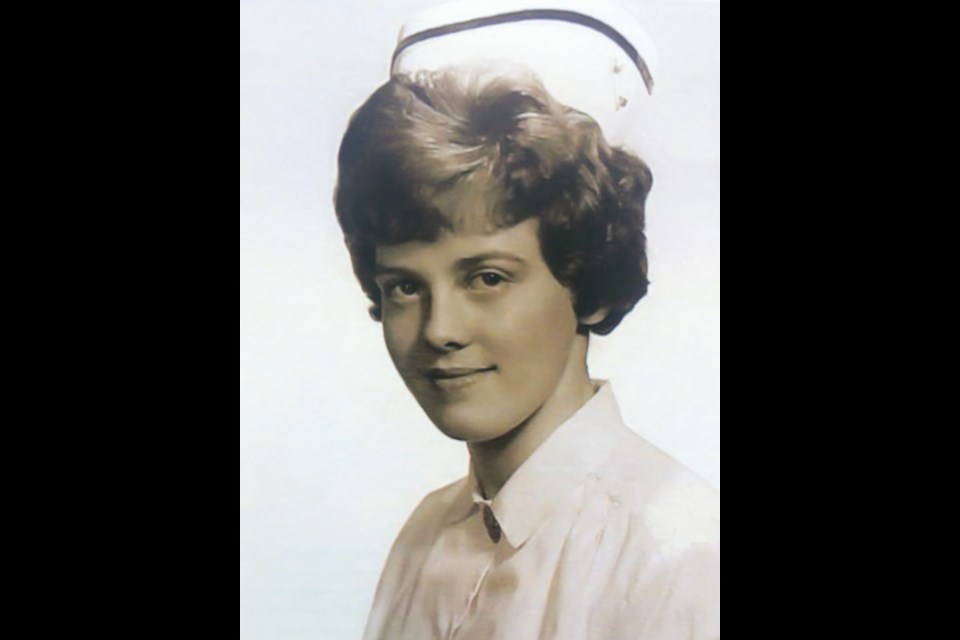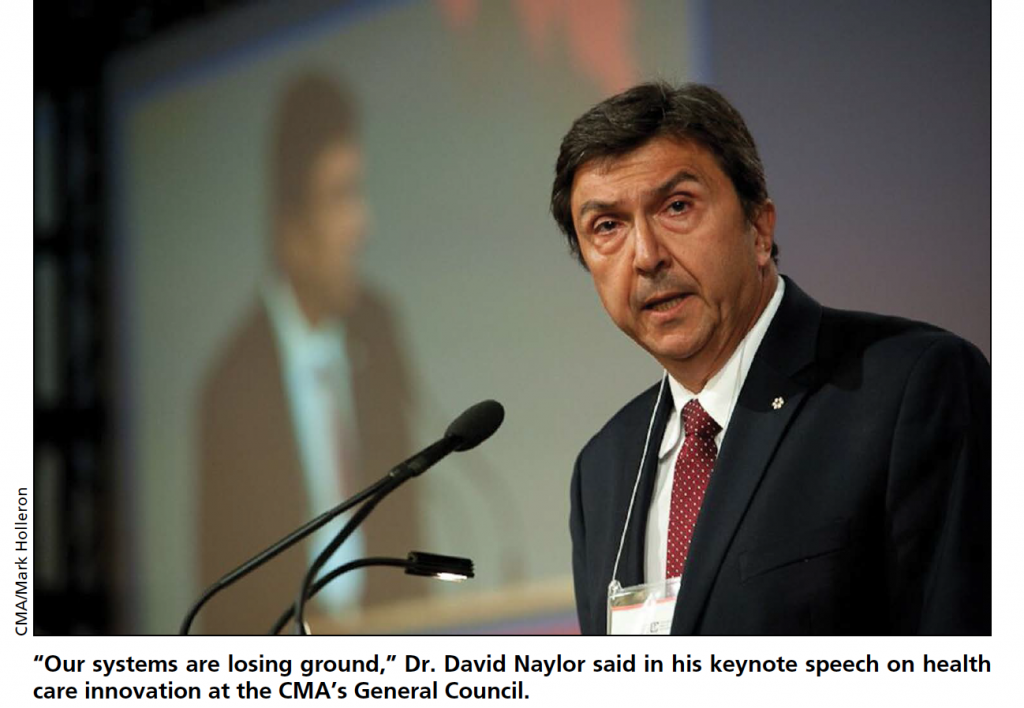by Daris Klemmer-Lamoureux
As I sit down to type my first blog submission for the NPAA it’s early May, and I think spring might be arriving! Within the communications group I was selected to review the history of Nurse Practitioners (NPs) in Canada and Alberta. Why me you say? Perhaps because I am the oldest in the group – being the youngest of four children I always wished to be the oldest, but somehow now that I am the oldest in the group it seems I wish I were the youngest! Not just because of my age, but because I believe that NPs are in an awesome position to take health care in Alberta by storm, with less barriers than when I graduated in 2006. Point to note, that NPs in Alberta can now not only fill out WCB forms, but get PAID too – this was a barrier when I graduated way back then. I had begun to think some barriers would exist my entire NP career – WCB being one of them!
However, reviewing the history of NPs in Canada, our position has changed little since the 1970s. Looking back as long ago as the 1890s, outpost nursing in Newfoundland and Northwest Territories began, through to the 1960s when the role started to become more formalized. In 1975 Karen Scott graduated from the University of North Carolina, the first in the Sault St. Marie area and easily the first in Canada. Karen Scott practiced until June 2016 when she retired after 41 years of practice (Soo Today September, 2016). That article indicated that Karen faced similar barriers and misunderstanding to that which Nurse practitioners still face today. Things like a lack of understanding of the role from health care colleagues – both nurses and physicians – plus a lack of understanding from the public.

Mid 20th Century
In the 1960s and early 1970s there were four driving forces for implementing the NP role: introduction of universal, publicly funded medical insurance; perceived physician shortage; increased emphasis on primary health care; and a trend towards medical specialization (Kassaiainen, Martin-Misener, Kilpatrick, Harbman, Bryant-Lukosius, Donald, Carter and DisCenso, 2010). I believe some of these forces still exist today both in Canada and Alberta. In 1972 the Boudreau report was released in response to these priorities. It recommended that NPs be trained to meet the primary health care needs across the country, and that NPs should be the first contact for people entering the health care system (Kassaiainen, et al, 2010). Following that report, the CNA and CMA issued a joint statement that addressed priorities, roles, responsibilities, education and work situations for nurses working in expanded capacities. The statement recognised the interdependent nature of the nursing and physician roles, and envisioned increased nursing responsibilities for health maintenance (Canadian Medical, 1973).
Following that, there were several provincial led initiatives including one in Alberta. The province released a report in 1977 entitled “Employment Opportunities for Nurse Practitioners in Alberta” (Kassiainen et al, 2010). Shortly after this several education programs were developed across Canada. Two types of programs became apparent: one that prepared nurses for outpost settings and rural/remote areas, and another that focused on developing nurses with primary care skills to work in family practice settings or in community nursing roles (Nurse Practitioner, 1978). Ontario universities developed a number of programs plus Manitoba, Alberta, Quebec, and BC, but the programs varied by institution (Kassiainen et al, 2010). WOW – I had not realized that there was so much support of the profession at the time! This is where things went slightly off the rails.
The debate about education requirements for NPs started in the early 1970s and continues today, focusing on increased standardization of training (Canadian Nurse Practitioner initiative, 2006 Kassiainen et al, 2010). Many believe that the confusion regarding the educational requirements and preparation for NPs has contributed to the slow uptake and integration of the role into the Canadian healthcare system (Schrieber et al., 2005). Following the development of education programs, several provinces funded pilot and demonstration projects as suggested by the Boudreau report. Numerous evaluation studies of NPs were completed, including two randomized control trials in Ontario. All of this research proved that NPs provide safe care, increase access to primary care services and improve resource utilization.
We all know that, in spite of the above, the role failed to become integrated into the Canadian healthcare system. Kassiainen et all (2010) agree with several others that the main factor was lack of funding for NP services. Sound familiar?
Late 20th Century
Fast-forward to the 1990s when rising health care costs and the term “health care reforms” became household topics. During this time there was a national report completed by Stoddart and Barer (1992) titled “Toward Integrated Medical Resource Policies for Canada” which argued for a reduction in the number of physicians in the healthcare system, recommending that other healthcare professionals might be used in place of them. Another report released around the same time, The Regulated Health Professions Act (1991), resulted in key tasks being organized and allocated according to their appropriateness for individual professions (Angus and Bourgeault, 1999). During this time DeWitt and Ploeg (1993) noted that physician employment patterns were emerging. There appeared to be over-service in urban settings but under-service in rural remote settings. It was due to these factors that Advanced Practice Nursing roles again moved into the spotlight. In 1996, Alberta was the first province to legislate NP practice.
As we entered the 21st century, more reports come out. Most notable was the Romanow report released in 2002. I clearly remember, as I was avidly exploring the NP role and the education requirements (at that time, NOT Masters entry to practice). This report emphasized ways to reduce wait times and suggested improvements to primary healthcare, including using nurses in case manager roles, and better utilization of NPs including NP hospital admitting privileges. During this time several NP roles emerged: the acute care NP and the primary care NP.
Editor’s Note: Link to the Romanow report here – https://www.cfhi-fcass.ca/sf-docs/default-source/romonow-commission-english/report_brief_health_human_resources.pdf?sfvrsn=c00dad9c_0
21st Century
The 2000s was a decade of much growth, much controversy and many barriers. Prior to 1998 all NPs had to utilize medical directives or care protocols. It was at this time that the first legal recognition of the NP scope of practice began with legislative authority in Ontario (Kassiainen, et al., 2010). After this, most provinces implemented regulations for NPs. At this time, barriers to NP practice became more apparent. Many regulations or acts within provinces did not allow NPs to practice to full scope, such admitting and discharging patients. Given the significance of the barriers, the CNA developed the Canadian Nurse Practitioner Initiative (CNPI). Funded by the federal government, its mandate was to develop a framework for the legislation and sustainability of the NP role in Canada. There was even a marketing campaign – I remember the radio and television commercials that were aired in each province over the span of 3-4 months. The final report available to many via the CNA website included discussion on: the standardization of NP education; regulation of NP practice; recruitment and retention of NPs; professional practice and liability; and a core competency framework for NPs in Canada (CNPI, 2006). I suspect many of you have read and accessed this report, particularly when you completed your formal NP education program.
This second attempt or “wave” of NP implementation provided yet more challenges in rural/remote areas, and the differences in education and credentialing between provinces raised concerns about NP competency from both medicine and nursing colleagues (Kassiainen et al., 2010). The different provincial requirements, i.e. masters preparation for some and post BN certification for others, is an example of this. Funding of NPs still remained one of the biggest challenges during this time period. The Taber project in Alberta was touted as extremely successful, mainly because both the clinic and the provincial government shared the funding. The first decade of the 21st century ended with legislation in place for NP practice across provinces and territories, and approximately 2400+ NPs in practice across the country. Two hundred and fifty plus of those were in Alberta.
The report on the Taber Project: https://www.cfhi-fcass.ca/migrated/pdf/researchreports/ogc/hasselback_final.pdf
The Last 10 Years
Today approximately 650 NPs practice in Alberta, and around 4500 in Canada. There are varied roles in acute care, community care, continuing care and primary care. Funding still remains a large issue. The cost of a masters program and RN-NP salary inequities make it challenging to recruit RNs to advanced practice, yet NPs are identified as being critical to providing consistent and high quality patient care (Ernest and Young, 2019). CNA (2016) has reviewed their nurse practitioner initiative by completing a “10-year retrospective”. They report that the number of licensed NPs has grown by 300%, with an employment rate of 95+%. They also note that there are now 28 educational institutions in the country that offer NP training and education. The Naylor report (2015), Unleashing Innovation: Excellent Healthcare for Canada, notes that despite clear evidence on the benefits of NPs to the healthcare system in Canada, NPs remain underutilized. The CNA review highlights several opportunities to further advance the NP role – 24 to be exact. In a nutshell the opportunities they recommend removing barriers, standardizing NP education with focus on mentorship/preceptorship and addressing national salaries to name a few.

Our current third wave of implementation of the NP role in Canada and Alberta has some ongoing challenges. Funding is still an issue. In the midst of COVID 19 there are still efforts by the federal and provincial governments to proceed with health care reform. How will the Provincial government respond as they grapple with negative oil prices, the flood in Ft. McMurray, and pressure from the physicians in the province? I believe we currently walk a political tightrope going forward. Our country and our province need a sustainable healthcare system that is publicly funded – this is imperative. The importance is reinforced by stories I have heard from New York – how “networked” hospitals are “hoarding patients” to keep their “revenue” despite the fact that some of them may not have adequate care spaces (i.e.; hallways) while other hospitals that are not part of the network have many available care spaces! The fact that marginalized individuals in NY, have a higher death rate due the inaccessibility of primary care is heart breaking to me. How many Canadians could afford to pay $80 for a COVID test? I believe the implementation of NP roles in both primary care, continuing care and acute care are imperative to our sustainable system. No matter where you are in your career as an NP, it is imperative that we work together as a group. We must strive to remove barriers and continue to promote our role to the public, our colleagues, and government.
Lobby for NPs by accessing this link: https://www.npaadvocacy.ca/
Reach out to the NPAA for more information on how you can support the profession in Alberta at the following link: https://albertanps.com/about-npaa/contact-us/

